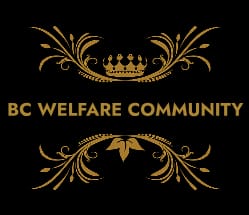Contact Us
We’re here to help and provide the support you need. Whether you have questions about our services, need assistance, or want to get involved, please reach out to us. Your inquiries are important to us, and we’re committed to providing prompt and helpful responses.
Follow Us
- 1-7-834, Hunter Rd, Postal Colony, Subedari, Hanamkonda, Telangana 506001
- +91 7672003345
- Timing: 9am -5pm
